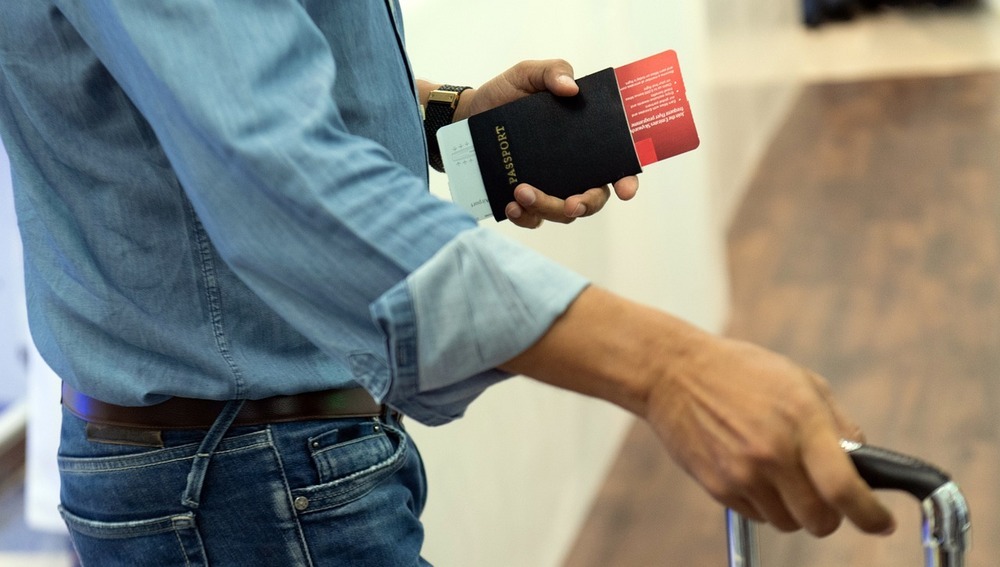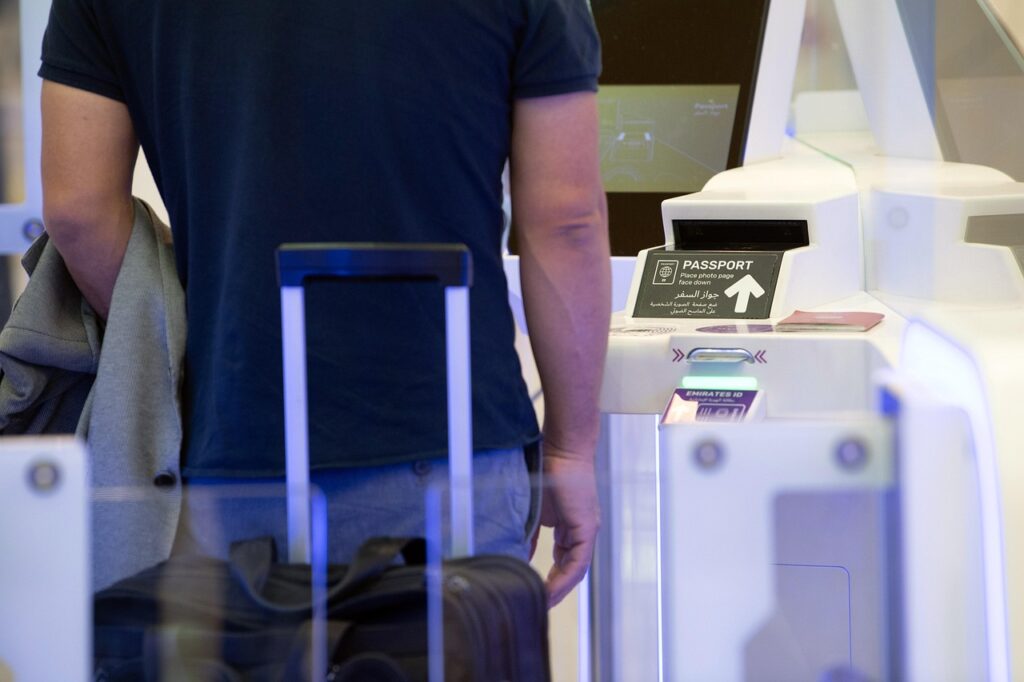Every seasoned traveler has been there—that moment of panic, whether it’s something as simple as forgetting to pack something important, arriving at the wrong time, or realizing you’ve left your ID at home. In truth, no matter how much you plan, journeys can be pretty unpredictable. Forgetting something as vital as your ID may seem like a nightmare, but it doesn’t necessarily have to bring your journey to a grinding halt.
Can you fly without an ID? Well, yes, it is possible; it’s just a matter of patience and some extra steps. The key is to stay calm, go with the flow, and know all the options available to you at that particular moment.
Can You Fly Without an ID?

While strict security measures have been implemented by the TSA, flying without an ID is not as impossible as it may seem. If you ever forget or misplace your ID, there are other ways to verify your identity. TSA officers have access to public databases and other resources that can help confirm your identity, but be prepared for additional screening, meaning you’ll need to spend more time at the airport.
This applies only to domestic flights. If you’re traveling internationally or returning to the U.S. from abroad, it can get much more complicated and may prevent you from boarding your flight. For minors under the age of 18, ID is normally not required when traveling with an adult on domestic flights.
Read also: How Much Does It Cost To Change a Flight?
What Forms of ID Does the Transportation Security Administration Accept?
When it comes to passing through airport security, TSA has a specific list of acceptable IDs. Your usual membership cards or school IDs won’t cut it. Instead, here are the approved options for domestic travel in the U.S.:
- A state-issued driver’s license or ID card
- U.S. passport or passport card
- DHS trusted traveler cards, such as Global Entry
- U.S. Department of Defense ID
- Permanent resident card
TSA also allows the use of an expired driver’s license for up to one year after its expiration date. However, by May 2025, all state-issued IDs must be REAL ID-compliant. If you’re asking, “what identification do I need to fly,” ensuring your ID meets REAL ID standards will soon become mandatory for all domestic flights.
Digital IDs for Air Travel
Using a photo of your driver’s license stored on your phone won’t help at TSA checkpoints, but certain digital IDs are now being accepted. In several states, such as Georgia, Maryland, and Louisiana, digital driver’s licenses accessible through Apple Wallet or a state app are approved for use at select airports.
These digital IDs are accepted in TSA PreCheck lanes at certain locations, including:
- Baltimore/Washington International Thurgood Marshall Airport (BWI)
- Dallas Fort Worth International Airport (DFW)
- Gulfport Biloxi International Airport (GPT)
- Hartsfield-Jackson Atlanta International Airport (ATL)
- Jackson-Medgar Wiley Evers International Airport (JAN)
- Louis Armstrong New Orleans International Airport (MSY)
- Miami International Airport (MIA)
- Nashville International Airport (BNA)
Though convenient, digital IDs are still limited to certain states and airports, and they are not yet accepted at all locations. As this technology grows, more travelers may opt for digital IDs in the future.
Tips for Getting Through US TSA Without an ID

If you find yourself without an ID at the airport, there are still ways to get through TSA. Here are some practical steps to follow:
If you show up at the airport without an ID, there are still ways to get through TSA. Here’s what to do:
- ⏰ Get There Early: Without an ID, the screening process will take longer than usual. Understanding how early you should get to the airport will save you unnecessary stress and ensure you have ample time to clear the additional identity verification steps.
- 👮 Inform the TSA Agent: Let the TSA agent know as soon as possible that you don’t have your ID. They’ll guide you through the alternative identification process.
- 📋 Provide Additional Information: TSA will ask for more personal details, such as your name, address, and Social Security number. This information will be verified against public databases.
- 📄 Show Supporting Documents: While TSA won’t accept non-official IDs like a Costco card, if you have other documents—such as a credit card, work ID, or even mail with your name and address—it can help verify your identity.
- 🛡️ Cooperate with Extra Screening: Be prepared for additional screening, which may include extra pat-downs and bag checks. This is part of the process when flying without an ID.
- 😌 Stay Calm and Patient: The process may be slower, but as long as your identity can be verified, you’ll still be able to board your flight. You’re still protected by air passenger rights during the screening process.
These tips will help you navigate the process of flying without an ID, but remember—the final decision is always up to the TSA agent.
What ID Do You Need to Fly?
| Flight Type | Required ID | Can Fly Without ID? |
| Domestic (U.S.) | Driver’s License, Passport, or State ID | ✅ Yes, with extra screening |
| Domestic (Under 18) | No ID required when traveling with an adult | ✅ Yes |
| International | Valid Passport | ❌ No |
| Digital IDs (Select Airports) | Digital Driver’s License via Apple Wallet | ✅ Yes, in select locations |
FAQ
Yes, you can use a temporary ID to fly within the U.S., but it must be issued by the DMV or another state authority.
TSA accepts several acceptable forms of identification for flying, including a state-issued driver’s license, U.S. passport, DHS trusted traveler card, and military IDs, among others. Starting in May 2025, all state-issued IDs must be REAL ID-compliant. An expired driver’s license may also be used if it hasn’t been expired for more than one year.
If you’ve lost your ID, you can still fly, but the process will take extra time. Inform the TSA officer that “I lost my ID and I have a flight”. They’ll ask for additional personal information and cross-check it using public databases to verify your identity. You may also need to go through additional screening to ensure you’re cleared to fly.
No, you cannot fly using just a picture of your ID stored on your phone. TSA requires a physical ID or an approved digital ID, such as those available in certain states via Apple Wallet or state-specific apps.
